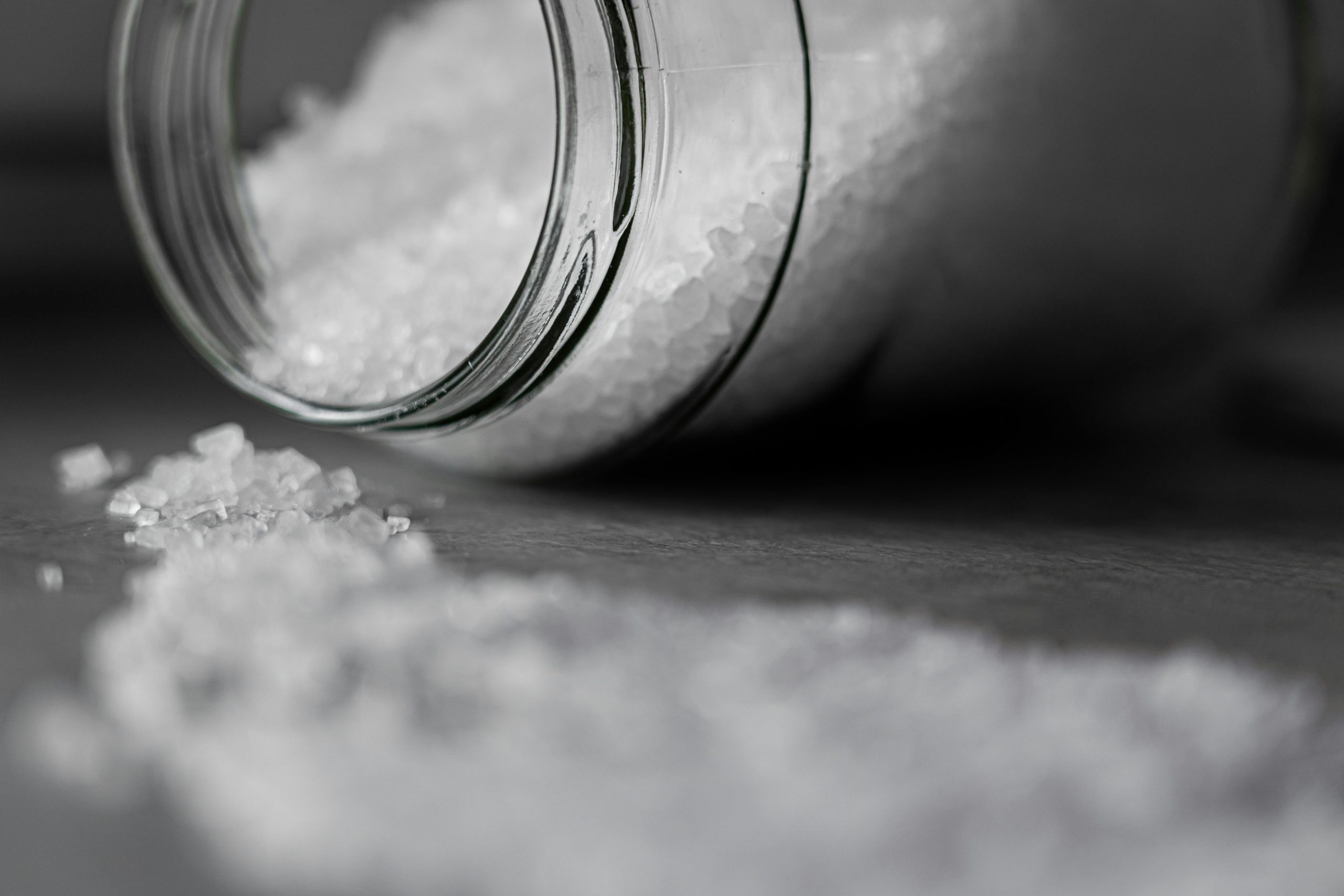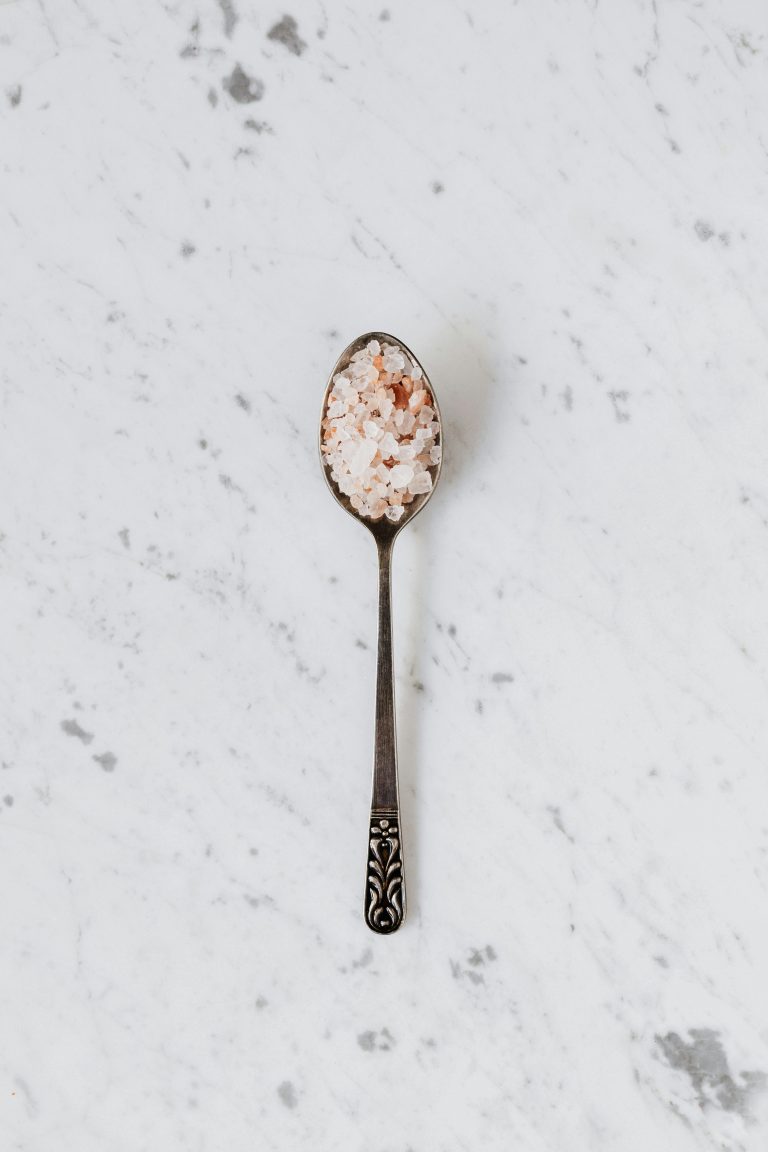Disaster strikes. You’ve been cooking for over 30 minutes now, almost ready for the finishing touches on your dish. Your dinner guests are waiting. You dive in for a taste, only to be hit with one overpowering flavour: salt.
We’ve all been there. One moment, you’re happily cooking along, and the next, your dish is a sodium bomb (or worse, the salt shaker lid falls off mid-shake).
Luckily, you’re not the first cook to face this. There are tried-and-true tricks that can help you salvage your dish and your dinner party.
Try these 5 easy fixes for overly salty food
You can’t remove salt once in the pot, but you can mask or balance it with other ingredients. These methods will help bring your dish back from the brink.
1. Add an acid
Acids won’t remove the salt, but they can balance it out. Add a splash of lemon juice, vinegar, or a tomato product–choose one that complements your dish. Lemon juice, for example, will work well in a bolognese, where balsamic won’t. When in doubt, choose a mild or more neutral acid like white wine or rice vinegar.
Start small: add a splash, combine fully, and taste before adding more (you don’t want to double your troubles).
2. Add a sweetener
Similarly, sweetness counteracts saltiness. A pinch of sugar, a drizzle of maple syrup, or a spoon of honey can do wonders. Choose a sweetener that complements the flavours: maple syrup for smoky flavours, neutral sugar for more delicate dishes.
3. Add dairy
Creamy dairy coats your palate and softens harsh saltiness. Stir in cream, milk, or a good knob of butter, or finish with sour cream or cream cheese (off the heat to prevent splitting).
4. Dilute or bulk up
Add unsalted liquid, like water, stock or milk, to dilute soups, stews, or sauces. Alternatively, bulk up with more vegetables–these will absorb and spread out the salt per portion. This trick is great if you have dietary concerns with sodium levels.
5. Add a starch
Similarly to bulking up a dish, adding semi-cooked or cooked starch will help distribute the salt more evenly throughout the dish. Grains, like rice and pasta, or potatoes, work very well. They don’t add any new flavours to the dish, but magically redistribute excess salt. Keep in mind you might need to add more liquid to the dish, as the starch will quickly absorb what is already there.

How to prevent over-salting
It’s always easier to add more salt than to try to balance too much. Here are a few tips to keep in mind the next time you’re cooking up a storm:
- Season in layers: Chefs in training are taught this in culinary school. Add a small pinch or two of salt at each stage to enhance each layer of flavour you’re building.
- Taste as you go: An easy habit to learn. Taste the dish as you cook to keep track of the salt levels and other flavours the dish might need.
- Be aware of hidden salts: Many processed and preserved foods have a lot of sodium. Read ingredient labels before you start cooking to gauge whether you’ll need to add any more salt.
- Pick one type of salt and stick with it: Different salts vary in density and intensity. If you switch between them, you risk over-seasoning.
Over-salted food doesn’t have to spell disaster. With a few smart tweaks, you can rescue most dishes, and next time, you’ll know exactly how to avoid the problem in the first place.

